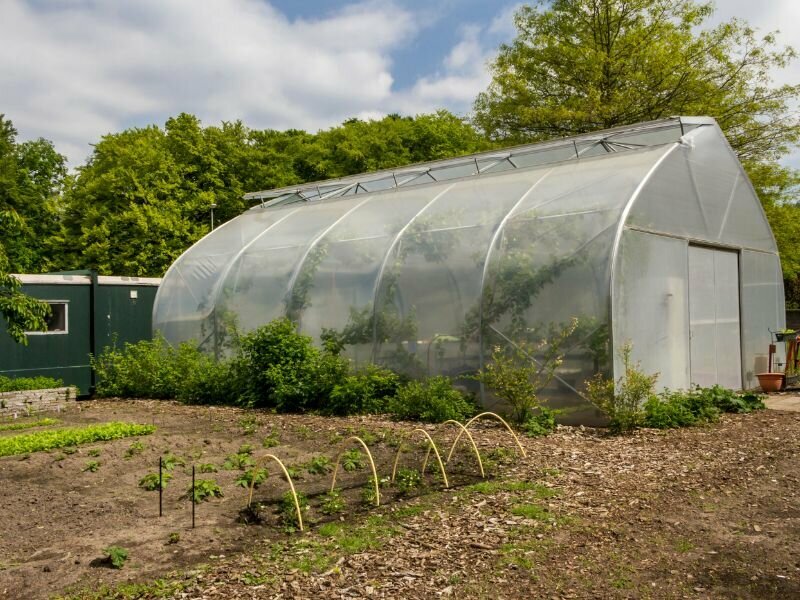 (Photo: A greenhouse for urban agriculture in the center of a city. Credit: HildaWeges, Getty Images.)
(Photo: A greenhouse for urban agriculture in the center of a city. Credit: HildaWeges, Getty Images.)In a move to improve food security, the Dallas city council approved the Comprehensive Urban Agriculture Plan (CUAP) on March 8. This framework provides a long-term strategy for expanding urban agriculture in the city, especially in marginalized communities with less access to healthy, local food.
Urban agriculture often generates pictures of small community gardens, managed by volunteers. Yet this plan broadens the scope to include larger food production systems, community health, and education. Likewise, the USDA defines urban agriculture as "the cultivation, processing and distribution of agricultural products in urban and suburban areas.” This can also mean rooftop farms, hydroponic, aeroponic, and aquaponic facilities, and vertical production.
Diversification of food supply becomes increasingly important as Dallas grows. The city is now the fifth fastest-growing city in the United States, according to the Kenan Institute. The CUAP plan projects that 80% of food will soon be consumed in cities, but it’s coming from fewer, albeit larger farms. As climate change continues, it is essential for city leadership to ensure a resilient food supply near – or hopefully within – city limits.
Extreme weather continues to endanger the North Texas food system, perhaps demonstrated best by the catastrophe of Winter Storm Uri in 2021. Dubbed the “Snowmageddon” by local residents, the storm left 4.5 million homes and businesses without power, causing massive grocery losses and $600 million in crop failures. The CUAP plan also lists wildfires, droughts, floods, and tornadoes as other disruptions to crop production.
From July 2021 to July 2022, food prices in the metropolitan area rose 13% percent. In addition, certain areas of Dallas experience even greater limits on food, in particular the 36% of Dallas residents that live in food deserts. These low-income communities, mainly in southern and western Dallas, generally do not have a grocer within one mile and have less access to transportation. The report also notes the correlation between food deserts and food-related health issues. In a 2015 study from The Food Trust, 49% of Dallas County children were overweight or obese. Without access to fresh food, health issues in lower-income communities will only continue to grow.
"There is no doubt the effects of climate change will have an impact on our resident's ability to access affordable and healthy food options," said T.C. Broadnax, Dallas City Manager. "By approving this plan, the City of Dallas is showing it has the foresight to plan how to feed its rapidly urbanized population in the face of equally rapid climate change."
These objectives fall under goal seven of the Comprehensive Environmental and Climate Action Plan (CECAP), which Dallas adopted in May 2020 to meet the Paris Climate Agreement. The CUAP was developed by the Office of Environmental Quality & Sustainability in collaboration with Agritecture Consulting, with the support of TBG Partners, FHEED LLC, KK&P, The Edible Group, and Profound Foods.